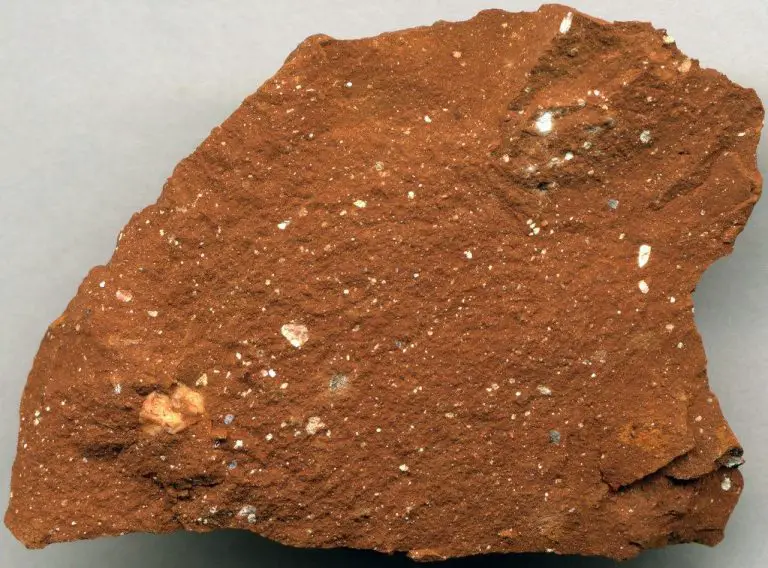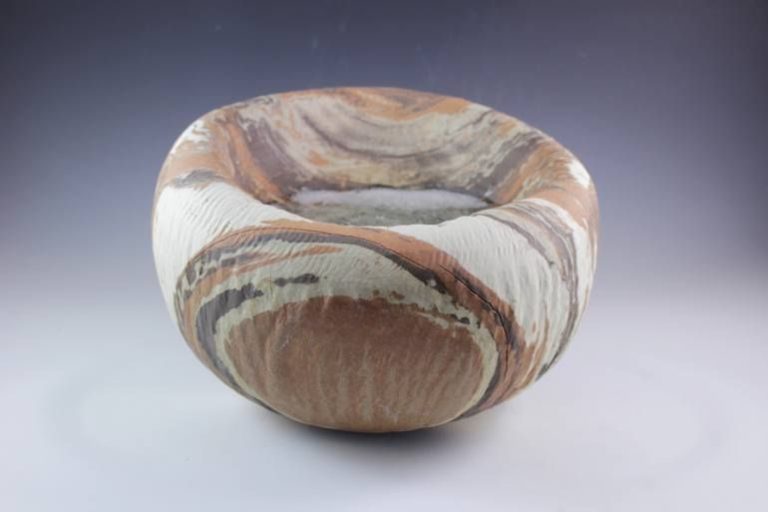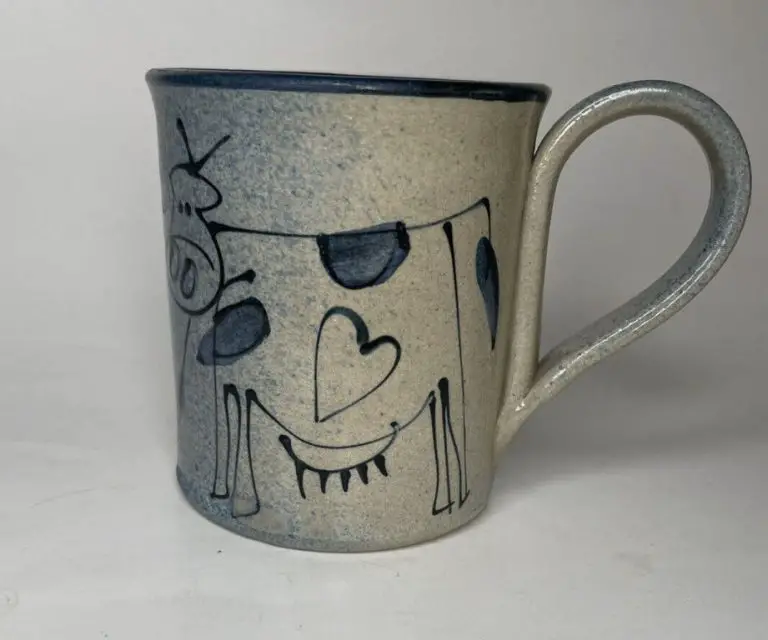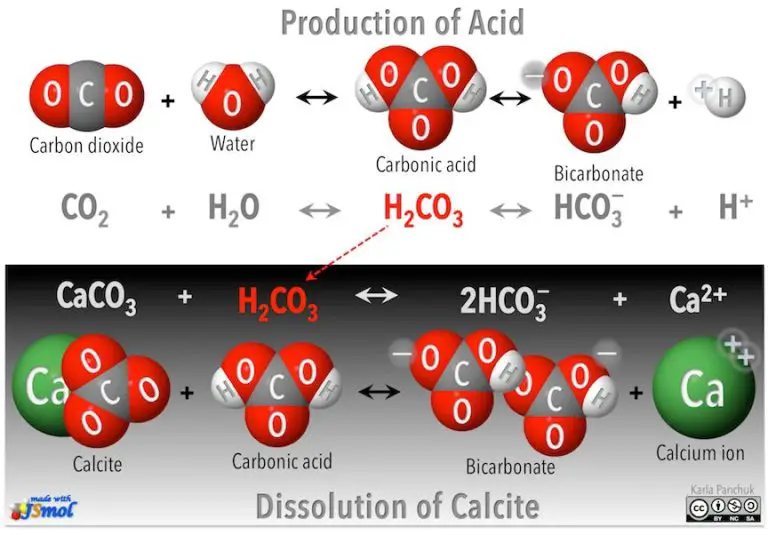Is Clay Making A Hobby?
“The most sophisticated people I know, inside they are all children.” – Jim Henson, creator of the Muppets. This quote speaks to the universal human need for play and creative expression that transcends age. Clay making is an engaging hands-on hobby that channels one’s inner child. It provides a creative outlet and sense of joy often lost in adulthood. Whether working with clay alone or in a group, the process can lower stress, improve cognitive skills, and connect people more deeply to the present moment.
Definition of a Hobby
A hobby is defined as “an activity done regularly in one’s leisure time for pleasure or relaxation” according to Merriam-Webster dictionary (https://www.merriam-webster.com/dictionary/hobby). The Cambridge English Dictionary states that a hobby is “an activity that you do for pleasure when you are not working” (https://dictionary.cambridge.org/us/dictionary/english/hobby).
Key characteristics of hobbies include:
- They are activities done in one’s spare time or leisure.
- They are voluntary and self-motivated, not imposed by one’s job or others.
- The primary purpose is enjoyment, amusement, self-expression or relaxation.
- They allow for creative, active or intellectual engagement with a focus of interest.
- One can develop skills and expertise in the hobby over time.
- They provide a refreshing change from work and everyday stresses.
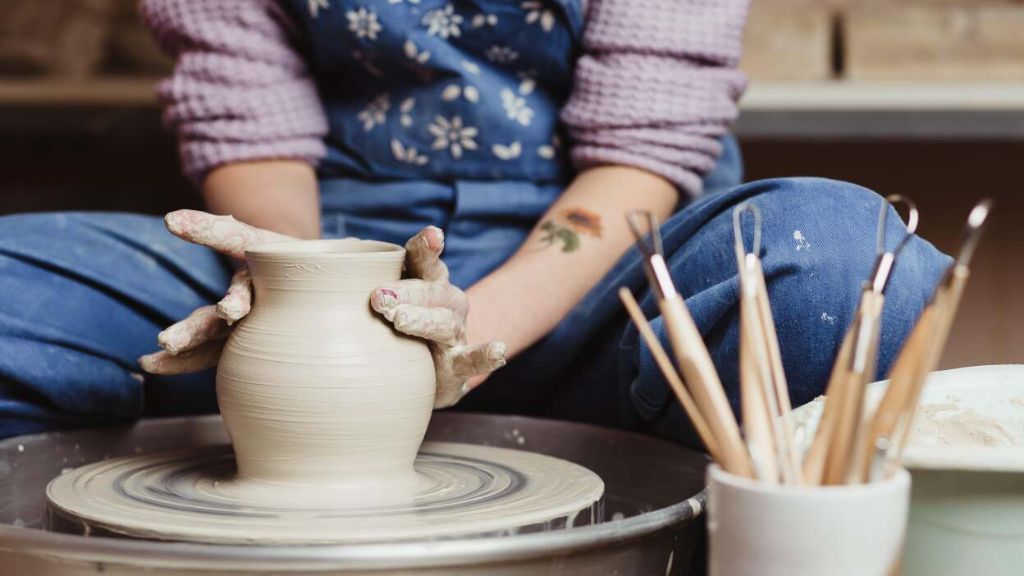
In summary, a hobby is a discretionary activity outside of work pursued regularly for the purpose of pleasure, self-fulfillment, or refreshing one’s mind and spirit.
History of Clay Making
The origins of clay making and pottery date back thousands of years. According to the Brief History of Ceramics and Glass, clay-based ceramics first became popular around 9,000 BCE as containers for food and water. Archeologists have found evidence of human-made pottery vessels dating back to at least 18,000 BCE in places like China and Czechoslovakia according to Wikipedia Pottery. Pottery allowed early civilizations to store and transport food and water safely.
The earliest known pottery vessels were discovered in Jiangxi, China and date back to around 18,000 BCE. Other early pottery vessels from the Neolithic and pre-Neolithic eras have been found all over the world. According to the Ceramic History page, archeologists have uncovered human-made ceramics from at least 24,000 BCE in Czechoslovakia.
Pottery and ceramic vessels were an important invention that allowed humans to advance civilization. The ability to store food and water safely over time was crucial for developing settlements and agriculture.
Types of Clay Arts
Clay is a versatile material that can be used for many different art forms. Here are some of the most popular types of clay arts:
Sculpting
Clay sculpting involves shaping clay into 3-dimensional artworks and figures. Sculptors may create realistic or abstract designs. Clay is an ideal material for sculpting because it can be easily molded and shaped. Once finished, clay sculptures can be left as is, painted, or fired in a kiln to harden them.
Pottery
Clay pottery involves forming clay into functional and decorative vessels and objects like plates, bowls, cups, vases, and pitchers. Clay is a popular choice for pottery because of its versatility and workability. There are various techniques in pottery like throwing on a wheel, handbuilding, and molding.
Tiles
Clay can be crafted into decorative tiles for installations on floors, walls, countertops, and other surfaces. Clay tiles can be made in different shapes, carved with designs, molded with texture, glazed in various colors, and fired for durability.
Jewelry
Jewelry like beads, pendants, and earrings can be created from clay. Polymer clay is especially popular for jewelry making because of its bright colors and ability to mimic materials like wood, stone, and glass. The lightweight nature of polymer clay makes it ideal for wearable art.
Methods and Techniques
Clay arts utilize a variety of methods and techniques to shape and decorate clay objects. The most common methods are handbuilding and wheel throwing.
Handbuilding involves shaping clay without the use of a pottery wheel. There are several handbuilding techniques including pinching, coiling, and slab building. Pinching is done by squeezing the clay into the desired shape with the fingers and thumb. Coiling involves rolling clay into long coils then stacking and blending the coils together. Slab building uses flat slabs of clay that are cut into shapes then joined together (Source).
Wheel throwing uses a pottery wheel to centrifuge the clay to open and raise the walls as it spins. The potter uses their hands to shape the rotating clay into forms like bowls, vases, cups, and plates.
After shaping, clay objects are left to dry before firing which permanently hardens them. Glazes can be applied before or after firing to color and decorate the clay. Common glaze techniques include spraying, dipping, pouring, and brushing on designs (Source).
Individual vs Group Activity
Clay making can be enjoyed as either a solo hobby or as part of a group activity or class. Each format has its own benefits. As a solo hobby, clay making allows for full creative freedom and the ability to work at your own pace without disruption. Some people find solo hobbies more relaxing and enjoyable. However, participating in a group class or workshop also has advantages. According to a study by Iowa State University, group exercise provides additional mental and physical health benefits compared to solo exercise [1]. Group activities provide social interaction, accountability, motivation from others, and opportunity to learn from instructors. Another study found students who participated in group physical activities reported better mental health than those who exercised alone [2]. Ultimately, clay making can be enjoyed either solo or in a group based on individual preference.
Cognitive Benefits
Clay making offers many cognitive benefits that positively impact mental health and wellbeing. According to Fowler’s Clayworks, the creative process of planning and designing pottery provides an outlet for self-expression and relieves stress. The focused concentration required when centered on the potter’s wheel has also been found to lower anxiety and depression.
A 2015 study published in The Arts in Psychotherapy showed that working with clay in art therapy lowered stress, increased happiness, and improved mood in participants. The tactile nature of clay allows full immersion and activates flow states which can lower stress hormones like cortisol. Clay work has been found to enhance mindfulness as well by anchoring attention in the present moment.
Overall, clay making provides cognitive stimulation through creativity and imagination. The process requires problem solving skills and mastery of techniques over time. According to The Power of Clay, psychologists have proven the cognitive benefits of pottery for improving mental wellbeing and self-esteem.
Physical Benefits
Working with clay can provide many physical benefits. Manipulating and shaping clay helps improve fine motor skills and hand-eye coordination (Clayground). The motions involved in kneading, rolling, and smoothing clay are great exercises for the hands and fingers. This helps strengthen grip, enhance dexterity, and improve overall finger mobility (Fowler’s Clayworks). Throwing pots on a wheel requires core strength and body awareness as the entire torso is engaged. It also improves bilateral coordination as both hands work together (Medium). Overall, working with clay provides low-impact exercise that can help maintain joint health and flexibility in the hands and fingers.
Emotional Benefits
Working with clay offers numerous emotional benefits through the act of self-expression and the sense of achievement upon completing a project. Clay work provides a direct connection between the mind and hands that allows for free creative expression (source). The ability to mold clay into any shape or form is liberating and can help relieve suppressed emotions. Creating with clay also enables people to express aspects of their personality and inner world through their art.
In addition, finishing a clay piece brings a profound feeling of accomplishment and satisfaction. The process requires patience, persistence and problem-solving skills. Completing each step from conceptualizing, planning, sculpting, drying, firing and finishing results in a tangible work of art made with one’s own hands. This boosts self-confidence, pride and sense of capability. Displaying or gifting a completed clay artwork allows the creator to share their skills and creativity with others, bringing further fulfillment.
Conclusion
In summary, clay making clearly qualifies as a rewarding hobby for many reasons. As we’ve explored, clay arts have a long history across cultures dating back thousands of years. Working with clay allows for artistic expression through sculpture, pottery, tiles, and more. The process involves learning various techniques such as handbuilding, throwing, molding, glazing, and firing. Clay making provides cognitive benefits by sparking creativity, focus, and problem-solving skills. It also has physical benefits by exercising fine motor skills and eye-hand coordination. Emotionally, clay arts offer a calming, therapeutic outlet for stress relief and personal fulfillment. With its many creative, intellectual, and wellness benefits, clay making is an enriching hobby that brings joy both through the process and the final product.

